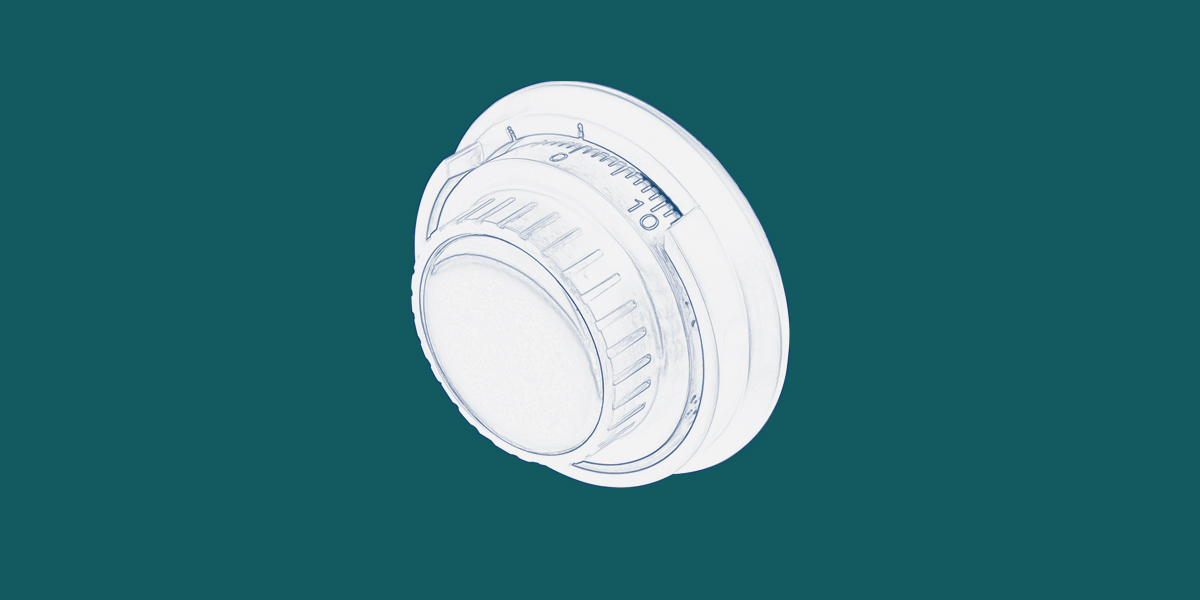It’s better to have a good understanding of the differences between major types of safe locks before you determine what to choose for your safe storage applications.
In most cases, safe locks are interchangeable as they normally share the same mounting dimension, you can choose to use a mechanical combination lock, digital lock, or key lock as you prefer. But the main features and characteristics between these locks are not quite the same, certain safe locks suit better for certain applications. For example, it’s obvious that a mechanical safe lock is more reliable than an electronic safe lock in extreme conditions like a moist outdoor environment.
We will go through common types of safe locks widely used today and discuss the main advantages and disadvantages.
Mechanical combination locks
A mechanical combination lock, also known as dial safe lock or wheel combination lock, is the most recognized icon of the safe lock industry. The lock uses the dial to input the codes and uses the wheel packs inside the lock for code combinations. The common 3-wheel mechanical safe lock can have a theoretical code variation of 1 million and a 4-wheel lock can have 100 million code combinations.
Pros
When properly used, mechanical combination locks are extremely reliable and rarely fail. These locks can stay problem-free for a long time even without regular lock servicing.
Cons
The disadvantage of mechanical combination locks is quite obvious, these locks are not friendly to everyone. For people who use their safes very often, it’s quite easy and fast to open the lock. But for beginner users, there is a learning curve for operating this lock. Additionally, there are chances that you might have to re-dial your codes from the beginning when you dial too fast and passed the right number.
Recommended Applications
Mechanical combination safe locks are competent for nearly every application. Even in some cases that the safes are used quite often like secure file cabinets or gun safes that need to be opened fast, we still see that mechanical safe locks are widely used and work like a charm. There are cases that mechanical combination safe locks are especially suitable for, like hidden wall safes and outdoor safes that require the locks to be fully functional after a long time while in extreme conditions.
Electronic combination locks
Electronic combination locks have many forms. Typically, these locks have a keypad for inputting codes and a lock inside for storing the codes and blocking bolts. There are also biometric locks like fingerprint locks that are also included in this category.
Pros
Electronic combination safe locks have stunning features that they are easy and quick to use, multi-functional, capable for audit, and have an overall high-security performance. A medium-security electronic combination lock can do the job the same as several mechanical locks together. For example, a dual-mode time-delay electronic lock can replace a mechanical lock system consisted of two mechanical locks and a time lock which saves huge costs and effort.
Cons
Electronic combination locks rely on battery so users should pay attention to the low battery signal. It would be a headache if they fail at inopportune times. Electronic components are also weak to water and chemical damage and they might fail on a regular basis.
Recommended Applications
Very similar to mechanical combination locks, electronic combination locks fit various applications as well and are also interchangeable with mechanical locks in most cases. They are extremely suitable when the safe storage products are used on a daily/weekly basis, like cash safes or secure file cabinets. And thanks to technology development, electronic combination locks are the best safe lock option for places where online audit is critical like ATMs or government facilities.
Key locks
Key locks have a much longer history than combination locks. Though there are versatile types of key locks, lever locks are much preferred in the safe lock industry. Certain key locks are key-changeable so that you can easily change keys like changing combinations quickly and easily.
Pros
Anyone who has the key gains the access to the safe. Unlike combination locks, if you grant permission to other people to one of your safes, you have to either tell them correct combinations or add users in electronic locks which you might have to change or delete the combination immediately after. But for key locks, when they return the keys, they no longer gain access to the safe again. Keys are easy for management in certain cases too.
Cons
Keys can be lost, stolen, or duplicated that will bring you trouble. Besides, keeping your keys safe is another thing to worry about.
Recommended Applications
Key locks are preferred and widely used especially in European markets. Furthermore, key locks are the first choice being the secondary lock on high-security dual lock safes. For safes that have an override system, key locks are also the optimal choice as the override lock because the keyholes can be easily covered behind keypads.
